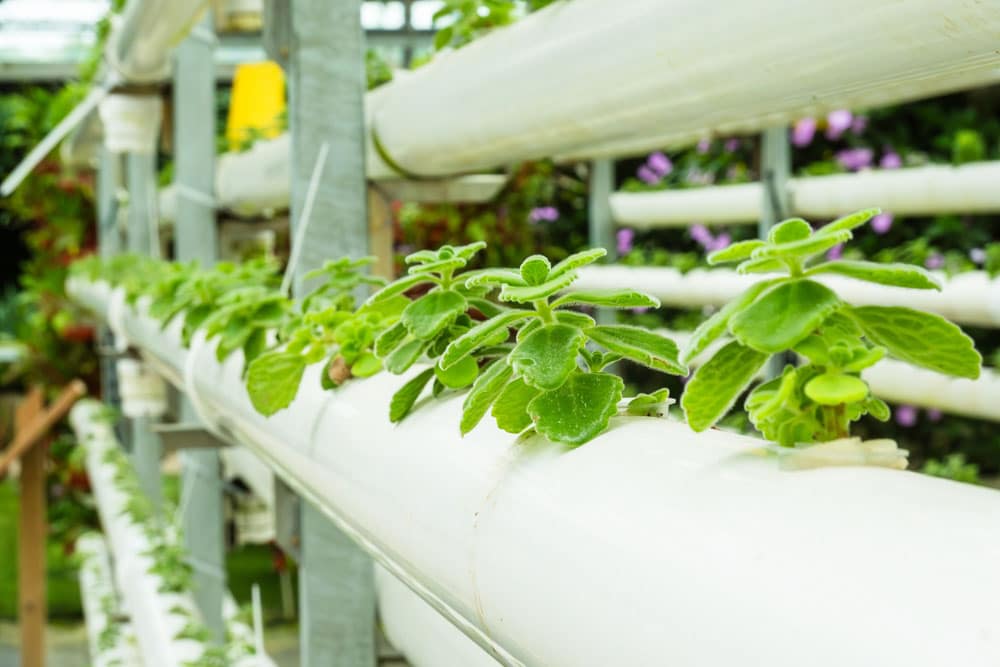Farming the Sky: Marc Walraven’s Journey into Aeroponics

In the middle of Fort Worth, Texas, there’s a quiet revolution happening in a greenhouse that doesn’t use soil. It’s led by Marc Walraven, a soft-spoken engineer turned farmer who grows food without dirt. His method is called aeroponics — a way to grow plants using air, water mist, and nutrients.
Marc isn’t interested in flashy headlines or getting famous. He just wants to solve problems.
“I never planned on being a farmer,” Marc says. “I just saw a gap — places in the city where people couldn’t get fresh food easily — and I thought I could help.”
From Machines to Meals
Marc started as a mechanical engineer. He spent years working for a tech firm that designed cooling systems for data centers. But in 2017, something shifted.
“I got tired of designing systems that only benefited big companies,” he explains. “I wanted to create something that mattered on a local level.”
So he quit. He used his savings to experiment with vertical farming in his backyard. After months of trial and error — and a lot of dead lettuce — he built his first working prototype of a system that would later become “SkyGrow.”
SkyGrow is a vertical aeroponic growing system that runs on solar power. It uses about 90% less water than traditional farming. It’s clean, efficient, and can be installed in small spaces.
“I built it because I wanted to see what was possible,” Marc says. “And once I saw it work, I couldn’t stop.”
Building UrbanRooted
Marc’s experiments caught the attention of neighbors and friends. Some were teachers. Others ran small restaurants. They started asking if he could build a version of SkyGrow for them.
That’s when Marc launched UrbanRooted Innovations, a small company that makes aeroponic farming kits. He doesn’t advertise much. Most of his customers find him through word of mouth or school partnerships.
“I didn’t want it to be a business at first,” he admits. “But people needed help. So I said yes.”
UrbanRooted provides small, solar-powered towers that can grow leafy greens, herbs, and even strawberries. Many go to local schools as part of science and nutrition programs. Others are used on rooftops or behind restaurants.
“I’m just showing people what they can already do,” Marc says. “The tech is simple. What matters is how you use it.”
Teaching and Learning
Marc also teaches. He runs free workshops every month at a local community center. He walks people through setting up their own towers, balancing pH levels, and understanding plant nutrition.
He’s especially focused on helping veterans, teens, and people in underserved neighborhoods.
“I grew up not having access to healthy food all the time,” he shares. “I remember eating whatever was cheap. Now I want to make good food easier to grow.”
When I ask him if he sees himself as an activist, he shrugs.
“I see myself as a builder. I build systems that make things better. That’s it.”
Tech Meets Nature
Marc’s approach is a mix of low-tech and high-tech. His systems run on solar panels. They collect data with basic sensors to track moisture and light levels. But he avoids overcomplicating things.
“I could hook it up to the cloud and monitor everything with an app,” he says. “But most people don’t need that. They just need something that works.”
His design keeps things affordable and easy to repair. Replacement parts are cheap. The instructions are handwritten. There’s no app.
“If it breaks, I want people to fix it with a screwdriver, not a support ticket,” Marc says with a smile.
What’s Next?
When I ask what’s next for him, Marc doesn’t have a big answer.
“I want to keep refining the system,” he says. “Make it cheaper. Maybe expand to more schools. That’s enough for now.”
He doesn’t want to grow too fast. He doesn’t care about scaling or investors.
“If I can help 100 people grow their own food, that’s better than building one big factory farm,” he says.
Marc’s story isn’t flashy. But it’s real. It’s about solving a small problem with care and thought — and sticking with it.
Before I leave, I ask him for advice he gives to others who want to get into sustainable tech.
“Start small,” he says. “Solve one problem. Build something that works. Then improve it. That’s how things change.”
In a world chasing bigger, louder, faster — Marc Walraven reminds us that the future might just grow quietly, in a mist of water and light, right in our own backyards.
Have you read?
Countries with the most gold reserves.
World’s Best Public Relations Agencies (Top PR Firms).
Countries with the highest human freedom.
World’s Safest & Most Dangerous Countries For Travelers.
Longest and Shortest Life Expectancies in the World.
Bring the best of the CEOWORLD magazine's global journalism to audiences in the United States and around the world. - Add CEOWORLD magazine to your Google News feed.
Follow CEOWORLD magazine headlines on: Google News, LinkedIn, Twitter, and Facebook.
Copyright 2025 The CEOWORLD magazine. All rights reserved. This material (and any extract from it) must not be copied, redistributed or placed on any website, without CEOWORLD magazine' prior written consent. For media queries, please contact: info@ceoworld.biz








